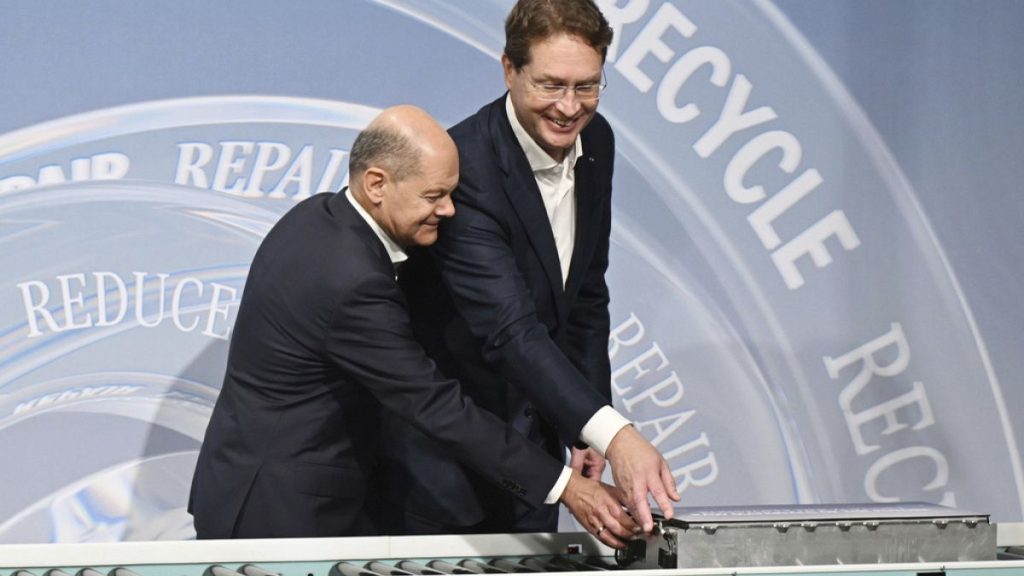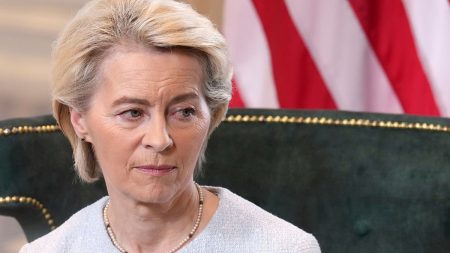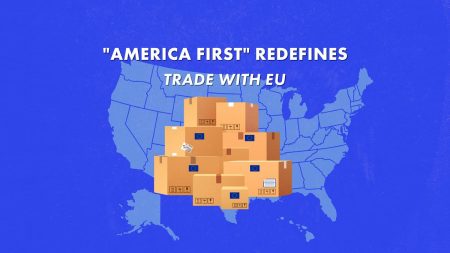The European auto industry, represented by the European Automobile Manufacturers’ Association (ACEA), is facing a significant challenge in meeting the EU’s stringent CO2 emissions standards for 2025. ACEA’s newly appointed president, Ola Källenius, who is also the CEO of Mercedes-Benz, has issued a plea to EU leaders for leniency and a reevaluation of the European Green Deal, arguing for greater flexibility and a focus on creating a profitable green business model. He insists that the industry needs relief from the impending fines, which could reach billions of euros, for exceeding the emissions targets. Källenius contends that neither the industry nor policymakers could have foreseen the downturn in electric vehicle sales in 2024, a key factor contributing to the anticipated non-compliance.
A central point of contention is the declining sales of electric vehicles, which have failed to offset the continued production and popularity of larger, less fuel-efficient vehicles, particularly SUVs. The 2025 regulations mandate a reduction in average CO2 emissions per kilometer to approximately 94g, a substantial decrease from previous levels. While the industry has been banking on increased electric vehicle sales to balance out their overall emissions, the reality has fallen short of expectations. ACEA data indicates that electric vehicles comprised only 13% of European car sales in 2024, marking a slight dip from the previous year. With penalties set at €95 per vehicle for every gram exceeding the target, the potential financial burden on manufacturers is substantial.
Källenius attributes the downturn in electric vehicle sales, at least in part, to the abrupt cancellation of Germany’s generous electric vehicle subsidy program at the end of 2023. He argues that the removal of this incentive in Europe’s largest car market had a significant impact on consumer behavior and ultimately contributed to the lower-than-projected sales of electric vehicles. This, he claims, is a key reason why the industry is now struggling to meet the emissions targets. He further argues that the higher price point of electric vehicles, generally ranging from €35,000-€40,000, has also hindered wider adoption. While acknowledging that some manufacturers are beginning to produce more affordable electric models, he suggests that these economies of scale are arriving too late for the industry to comply with the 2025 regulations.
The ACEA president also points to the “natural market” demand for larger, combustion engine or hybrid vehicles as another factor contributing to the current predicament. He suggests that consumer preferences for these vehicle types have driven production and sales, making it challenging to shift the market towards smaller, more fuel-efficient models. While acknowledging the importance of promoting smaller, more affordable electric cars, Källenius defends the industry’s focus on larger, more profitable models by citing consumer demand. He suggests that the industry has responded to market forces rather than actively promoting less environmentally friendly options.
Adding to the complexity of the situation is the growing competition from China, where electric vehicle sales have already reached 40% of the domestic market. This, coupled with concerns about a potential trade dispute with the US, has prompted European Commission President Ursula von der Leyen to initiate a “strategic dialogue” with the auto industry. Källenius has expressed hope for this dialogue to commence soon, emphasizing that the ACEA is approaching the discussions with an open mind, though the primary objective remains securing relief from the impending fines and ensuring favorable trade relations. While the ACEA hasn’t presented a formal list of demands, it is clear that they seek adjustments to the current regulations and support for the industry’s transition to electric vehicles.
Ultimately, the European auto industry finds itself at a crucial juncture. The competing pressures of meeting stringent environmental regulations, managing the transition to electric vehicles, and navigating the complexities of the global market create a challenging landscape. While the ACEA seeks relief from the impending fines and a more flexible approach to the Green Deal, the EU’s commitment to its environmental targets remains firm. The upcoming “strategic dialogue” will be critical in shaping the future of the European auto industry and determining how it will navigate the challenges ahead. The outcome of these discussions will have significant implications for the industry’s profitability, its ability to compete globally, and its contribution to the EU’s ambitious environmental goals.














